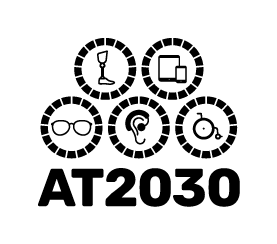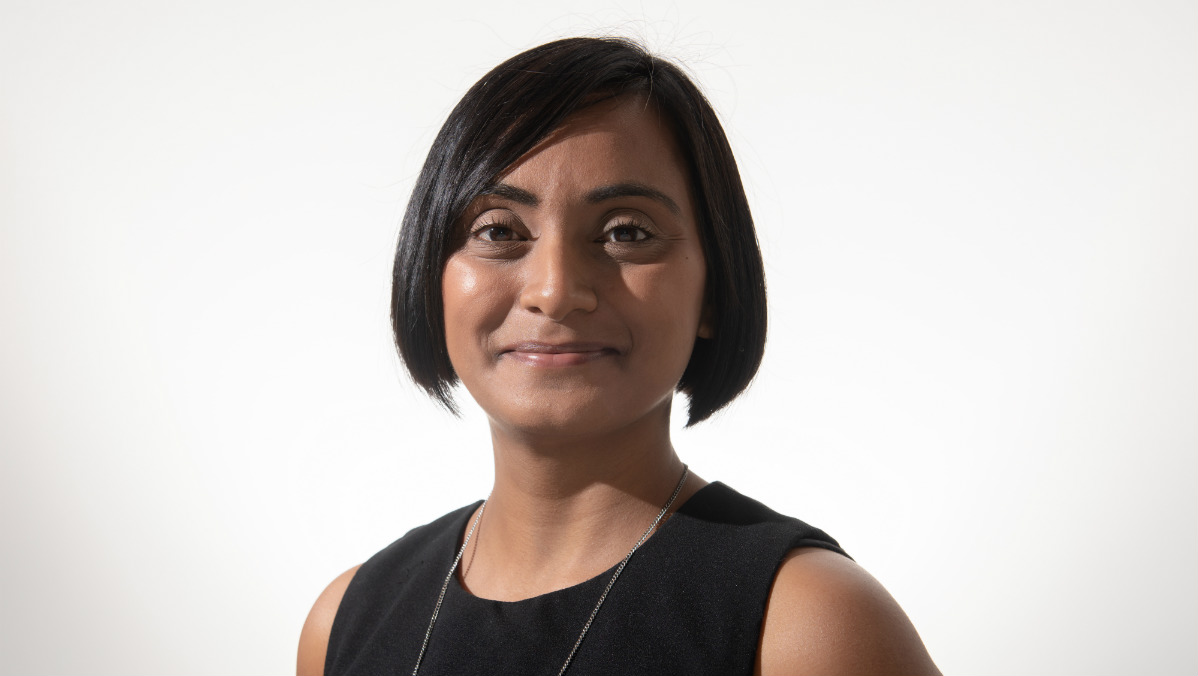Globally, deafness is the third most prevalent disability. Last week, the UK observed the national Deaf Awareness Week which intends to promote “positive aspects of deafness, promote social inclusion and raise awareness of the huge range of local organisations that support deaf people and their family and friends”.
In the UK, there are 11 million people with hearing loss, of which 900,000 have severe hearing loss. As our population becomes older, these numbers are likely to increase. 40% of people over the age of 50 report to have hearing loss. This number rises to more than 70% of people over 70 years old. By 2035, the number of people with hearing loss is expected to rise to 15.6 million.
“This year’s Deaf Awareness Week is an excellent opportunity to celebrate all role models and raise awareness of Deafness and hearing loss in such an inspiring way for all”. – Craig Crowley, Chair of the UK Council on Deafness
Different products exist to assist persons in the deaf community in their everyday activities and communicate with others. Examples include alerting devices; smartphones apps; phones that amplify sound; and hearing aids. As mobile technologies have become more widespread, the demands for their technological improvements as communication tools has resulted in their improvement as assistive technologies to people with speaking or hearing impairment.
Digital assistive tech for hearing loss
Smartphones enable people with hearing loss to access a wide range of tools that can support them in different aspects of their lives. Applications of mobile phones as assistive technologies range from speech-to-text translators, to sign language translators and tools for learning sign language. Action on Hearing Loss offers a search platform that has 37 recommended apps for a variety of functions, including learning sign, enabling communication in a noisy environment, translating from speech-to-text or sign-to-text, alerting apps, video subtitling, and more. For example, Sound Amplifier is an app that filters noise, and augments and amplifies environmental sound to provide a more natural hearing experience for people hard of hearing. Another example is Live Transcribe, a real-time speech recognition tool that helps deaf people to participate in conversations.
There are around 24,000 people in the UK that use sign language as their first language. Signing text is a strategy that can support sign language users to understand information better. Signly is an app that, combined with augmented reality, offers pre-recorded sign language videos to make information more accessible to sign language speakers. For the Network Rail, Signly has produced a set of videos with information on safety at level crossings.
Other digital technologies have evolved and their function expanded to serve as and enable assistive technologies to support people hard of hearing and with hearing loss. For instance, gloves are being designed that translate sign language in real-time and display the words in text onto a smartphone or computer. These type of technologies will open new opportunities for a sign language speaker to communicate with those who do not understand.
Augmented reality (AR), when combined with mobile phone applications, can also aid sign language speakers to read books. Baby BSL is an AR storybook that helps hearing parents teach and communicate with their children using sign language. The storybooks use videos, audio narratives and AR to create an interactive pop-up storybook, while supporting communication between parents and children. StorySign, designed by Huawei, is an app that reads books to children in sign language to help them learn how to read.
Hearing aids are devices that help make sounds clearer and louder, and can improve the quality of lives of many people hard of hearing or with hearing loss. In recent years, machine learning has been used to improve noise cancellation in hearing aids, for instance, hearing aids can improve the capacity of the device to filter and remove background noise from people’s speech. While these technologies are still being developed, machine learning can improve the clarity of words heard by a hearing aid’s user from 10% to 90%. Similarly, Goshawk Communications uses machine learning to improve call quality for users with hearing loss, by adjusting to the speech requirements based on an individual’s hearing needs.
Mobile tech promoting inclusion
These examples show only a snippet on how mobile and digital technologies can serve to support inclusion of people with hearing loss or hard of hearing, for instance, making British Sign Language (BSL) more accessible to all, improving hearing, and providing speech-to-text translation tools. However, mobile manufacturers, tech developers and network operators also can play a role in promoting inclusion of people in the deaf community, not only by making technologies more accessible but, by increasing service offerings to deaf customers.
Phone calls can be particularly challenging for people with hearing loss, even when using a hearing aid. High definition (HD) or enhanced HD voice extends the frequency range of calls to higher frequencies, providing clarity and better audio quality during calls. EE, in partnership with Action on Hearing Loss, introduced enhanced HD in their network and introduced mobile plans and customer service tailored for people with hearing loss and hard of hearing, including the use of the Next Generation Text (NGT) relay service, sign language interpreting service and access to the Customer Disability Team.
Finally, mobile technologies can challenge stigma and raise awareness of deafness. Unheard World, co-designed by Signly and the art group Audiovisability, is an app that that aims to present the “experience of deafness, migration, displacement loss and language from a Deaf perspective”. Music is one of the drivers of the Unheard World, but it is paired with live paintings, accessible music captioning, sign language, textiles, photography and other visual arts that register and express the auditory experiences.
With the improvement of digital and mobile technologies, there is an opportunity for making them more accessible and appropriate as assistive technologies that promote greater inclusion of people with hearing loss and any other disability.
For more information on hearing loss and products that can help, visit the Action on Hearing Loss website.




